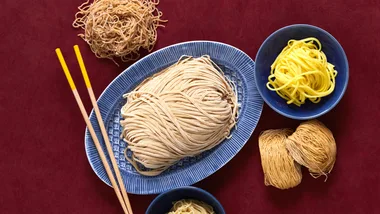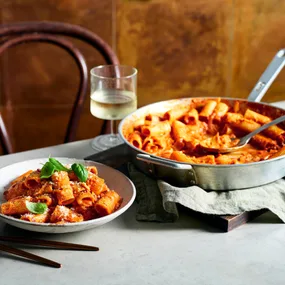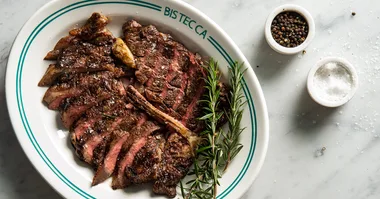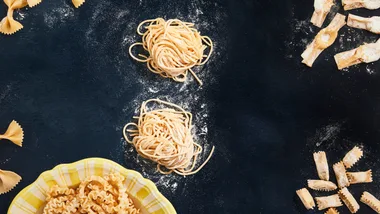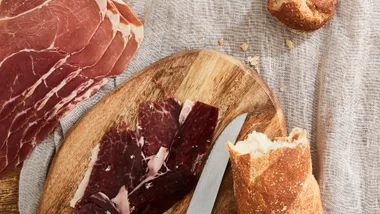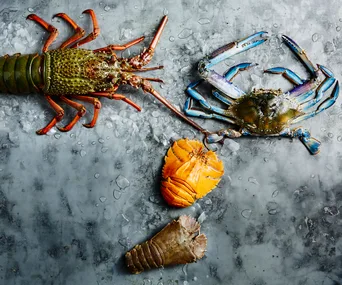Butcher Richard Gunner is on hand to explain the differences between bavette, onglet and queue de boeuf.
“I want to tackle some French cuts of beef but have no idea where to start. Help!”
France, of course, has its own style of butchery.
French butchers cut up their beasts in ways that sometimes differ from our own, and in French kitchens the cuts chosen for grilling often privilege flavour over tenderness in a way that’s less common in Australia.
Cuts such as onglet and bavette (hanger and flank steak) have much to offer the careful cook; don’t let any chewiness put you off. To get the most out of bavette, for instance, I’d suggest you pan-fry it medium-rare (in a copper pan in plenty of butter for maximum Gallic flair), then slice it on the bias against the muscle fibres (they’re easier to chew cut short rather than long) and serve it with Café de Paris butter and fries for the classic steak frites.
And there’s nothing better than onglet for flavour – it’s particularly fine with a red wine sauce – just make sure your butcher trims out the line of sinew that runs through the beef. Then there’s the fine French art of braising. My favourites here are queue de boeuf (oxtail), joue de boeuf (the cheek), poitrine de boeuf (brisket) and collier (chuck). My go-to is to dredge your collier in flour, pan-fry it golden in butter, then deglaze with Bordeaux. Add herbes de Provence, shallots and some root vegetables, simmer until the meat is fork-tender and you’re good to go.
Try our steak frites with sauce béarnaise, pictured above.


